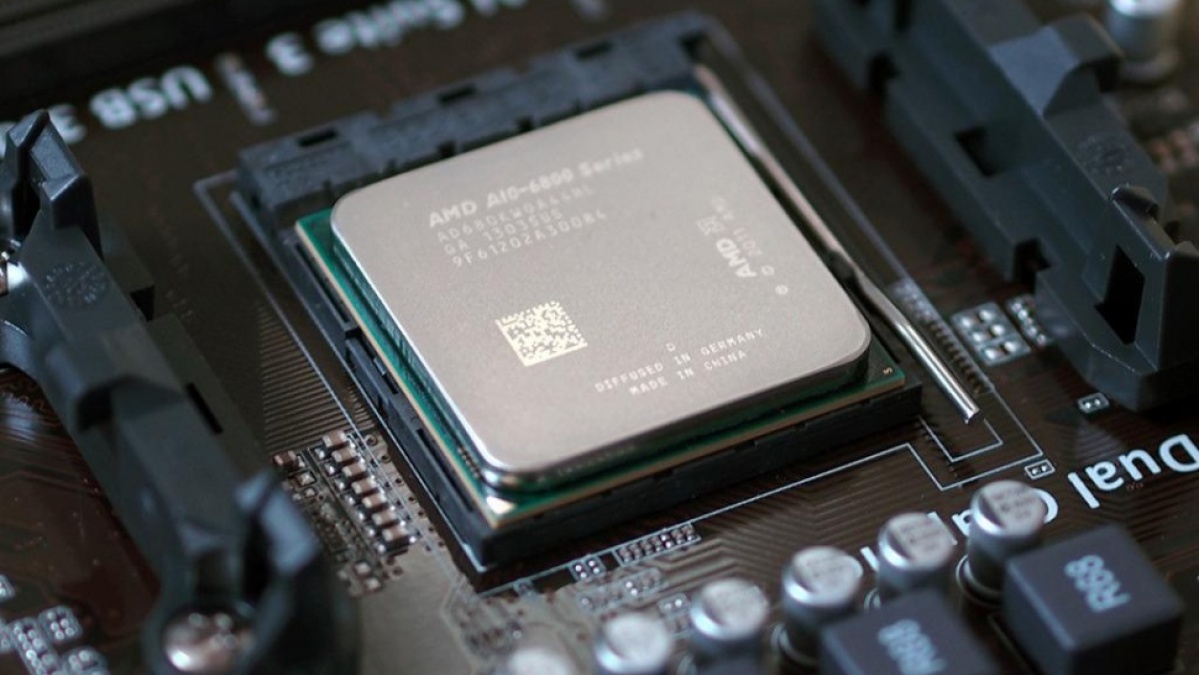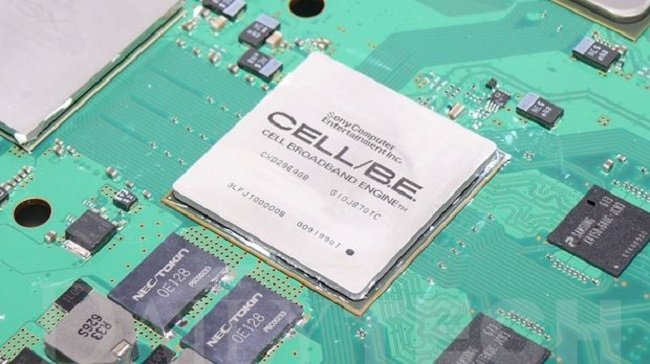- Joined
- Jun 10, 2014
- Messages
- 3,105 (0.78/day)
| Processor | AMD Ryzen 9 5900X ||| Intel Core i7-3930K |
|---|---|
| Motherboard | ASUS ProArt B550-CREATOR ||| Asus P9X79 WS |
| Cooling | Noctua NH-U14S ||| Be Quiet Pure Rock |
| Memory | Crucial 2 x 16 GB 3200 MHz ||| Corsair 8 x 8 GB 1333 MHz |
| Video Card(s) | MSI GTX 1060 3GB ||| MSI GTX 680 4GB |
| Storage | Samsung 970 PRO 512 GB + 1 TB ||| Intel 545s 512 GB + 256 GB |
| Display(s) | Asus ROG Swift PG278QR 27" ||| Eizo EV2416W 24" |
| Case | Fractal Design Define 7 XL x 2 |
| Audio Device(s) | Cambridge Audio DacMagic Plus |
| Power Supply | Seasonic Focus PX-850 x 2 |
| Mouse | Razer Abyssus |
| Keyboard | CM Storm QuickFire XT |
| Software | Ubuntu |
Actually, you got it all wrong.The x86 architecture is massive, having more than a thousand instructions, some of which are very complex. This approach is called Complex Instruction Set Computing (CISC). Internally, these instructions are split into micro-ops, which further complicates processor design.
Back in the 80s there were two main arguments in the CISC vs. RISC discussions;
- A smaller instruction set allows higher flexibility in implementation
- Having to support legacy instructions in hardware
Moving to using micro-operations solved both of these, and therefore eliminating the only real advantages of RISC over CISC. In all x86 CPUs since the early 90s, the CPU front-end decodes the x86 ISA into the microarchitecture's specific ISA, which gives the designer full control over which instructions are prioritized in the hardware implementation, and which can be "simulated" using a combination of other instructions. This way the instructions can be optimized for however many execution units and various resources are present in the CPU, and the whole pipeline doesn't need to support every legacy feature. Every modern x86 microarchtecture is sort of a hybrid of CISC and RISC, with RISC-like micro-operations. Even current ARM microarchitectures have gotten some CISC-like features including some SIMD and loads of ASIC features, but still differs from modern "CISC" designs by using a load-store architectures (like FordGT90Concept mentioned), which means that ARM will always require more instructions to do the same work.
x86 is still advancing, and if anything x86 is more held back by software than ARM is respectively. Very little software is compiled to use any ISA features beyond AMD64/SSE2, even as recently as Sunny Cove Intel added an instruction to speed up memory copying. AVX-512 is also shaping up to become very flexible compared to previous iterations, hopefully AMD will support it soon. Further down the line, Intel is researching into "threadlets", which have to potential for massive performance gains, but yet again are more in the "CISC" direction than "RISC".
While ARM have changed a lot over the years, it dates back to ~1985, so I wouldn't call it quite a "clean slate".Low hanging fruit and a clean slate. That is why ARM is so promising.














